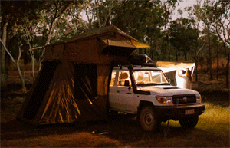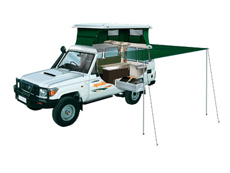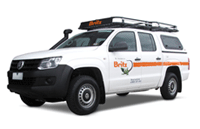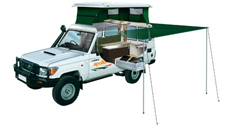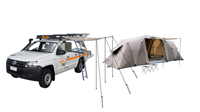|
About the Kimberley
• The Kimberley in Australia is one of the last true
wilderness areas on Earth, with rustic unique outback landscapes
and landmarks billions of years in the making. Covering app 423,000
square kilometres in north Western Australia and with a population
of less than 40,000 people, it’s here you’ll encounter some of
the most extraordinary outback adventuresand folks in Australia.
Discover ancient gorge country with hikes and trekking a must
in planning your Kimberley vacation to enormous cattle stations,
pristine coastline and sandy beaches, to one of the oldest cultures
on the planet and the world’s only horizontal waterfalls.
Self drive along the Gibb
River Road from Broome or Darwin is a Australia four wheel
drive hire camper or wagon. The Gibb River Road was initially
constructed as a beef road to transport cattle from the surrounding
stations to the ports of Derby and Wyndham.It spans some six-hundred
and seventy kilometres from Derby to the junction of the Great
Northern Highway between Wyndham and Kununurra. ©
source and courtesy of wikipedia.org
AUSTRALIA'S CORAL COAST
Australia's Coral Coast - from the Pinnacles and stretches
as far north as Exmouth.
Beaches, exotic marine life, national reserves and the bluest
ocean you’ll see anywhere in the world, can all be found in Australia's
Coral Coast. This coastline region commence at Cervantes, where
you’ll find the unique rock formations of the Pinnacles and stretches
as far north as Exmouth, home of the internationally renowned
World Heritage Listed Ningaloo Reef, this amazing area is also
great for diving and fishing all year round with a variety of
spectacular reefs and marine life, white sandy beaches and warm
turquoise waters.
Australia’s Coral Coast is one of the few places in the world
where you can swim with the world’s largest fish – the whale shark.
Inland is just as exciting, as carpets of wildflowers burst into
colour during the wildflower season. The region offers amazing
experiences and interactions with a variety of marine life, including
meeting the dolphins of Monkey Mia, sea lions, manta rays, dugongs
and humpback whales.
Inculdes
• Kalbarri
• Exmouth
• Ninaloo Marine Park
• Denham
• Shark Bay region
• Abrolhos Islands
• Coral bay
• Geraldton
• The Pinnacles
Ningaloo Reef Region
(Coral Bay, Exmouth, Ningaloo Marine Park, Cape Range National
Park and Outback Stations)
Exmouth
Western Australia’s underwater playground Ningaloo, the largest
fringing reef in Australia, sits just a stone’s throw from Exmouth
on WA’s (Western Australia’s) Coral Coast, making it the must-see
destination for keen divers and snorkellers.
Located on the eastern side of WA’s North West Cape, in Australia’s
Ningaloo Reef region, the charming coastal town of Exmouth is
a two and a half hour flight or a 15-hour drive north of Perth.
Here, the rugged gorges of Cape Range National Park give way to
the pristine white beaches, clear blue waters and vibrant coral
reefs of the Ningaloo Marine Park.
If you are travelling north to Exmouth along the North West Coastal
Highway, travel 152 km north of Carnarvon and turn left at the
Minilya Exmouth Road. From here it is 200 km to Exmouth townsite.
If you are travelling south to Exmouth turn off the North West
Coastal Highway 110km south of the Nanutarra Roadhouse onto Burkett
Road. From here it’s 80 km to the Minilya Exmouth Road. At this
junction, turn right to Exmouth (89 km).
Maps of Coral Bay
- Exmouth -
Exmouth Coastal
Map - Cape Range
National Park - Walk
& Bike Trails - at exmouthwa.com.au
Exmouth diving and snorkelling
Hire equipment from local dive shops or join a Ningaloo Reef tour
and experience everything from diving and drift snorkelling to
kayaking and cruising in a glass-bottom boat. For a once-in-a-lifetime
holiday experience on Australia’s Coral Coast, take a swim with
the world's largest fish (which are harmless to humans), the whale
shark. Check out the list of Exmouth whale shark tours, operating
throughout WA’s whale shark season from mid March to late July.
Don’t miss the drift snorkel over the coral gardens of Turquoise
Bay. See the diving and snorkelling pages for more details. Or
why not camp at the remote Muiron Islands for the ultimate diving
adventure, contact the Department of Environment and Conservation
to obtain a license.
Other Exmouth attractions
•Join a glass-bottom boat tour and view the reef in comfort. Alternatively
experience the reef from a sea kayak.
•Try your luck at beach, reef or game fishing.
Check out the region’s fishing spots and charters.
•Discover the rugged beauty of Australia’s Cape Range National
Park. Just 40 kilometres from Exmouth, it boasts some of the most
spectacular gorges and canyons in WA, as well as amazing wildflowers,
wildlife and 50 kilometres of pristine beaches.
•Take a cruise along Yardie Creek, or join a four wheel drive
safari tour of the Cape Range National Park. Be sure to keep your
eyes peeled for the rare black footed rock wallaby.
•Watch the sun set over the Indian Ocean from Vlaming Head Lighthouse
•Learn about Ningaloo turtles at Jurabi Turtle Centre.
•Swim with the giant manta rays in Exmouth between June and November.
Tours from Exmouth in WA There is a huge variety of guided tours
in and around this amazing region of WA.
Coral Bay
At the southern gateway to the Ningaloo Marine Park and only 155kms
from Exmouth, Coral Bay is a perfect destination for people of
all ages seeking relaxation, adventure or simply something refreshingly
different. Coral Bay has much to offer all sorts of people. It’s
ideal for the independent traveller searching for excitement,
families looking for an enjoyable, safe environment, scuba divers,
fisher persons, snorkellers and those who simply want to relax,
unwind and see nature at its very best. There are many tours on
offer in Coral Bay, these include glass bottom boats, diving tours,
manta rays tours, whale watching tours, whale shark tours, scenic
flights, quad bike tours, catamaran tours or simply enjoy lazing
by the beach. Coral Bay has limited Accommodation and therefore
bookings are necessary during the Peak Season. The Exmouth Visitor
Centre can assist with making bookings at the Bayview Coral Bay
Caravan Park, the Ningaloo Club Backpackers and the Ningaloo Reef
Resort. Aiport transfers are available from Learmonth Airport
or alternatively you can hire a car and pick it up from the Airport
and return the vehicle to the Airport on your return flight home.
Outback stations
Take the path less beaten to outback station stays
in Western Australia’s Ningaloo region, it’s well worth the journey.
Set in stunning coastal wilderness areas, working pastoral stations
with homestead accommodation and camping at Quobba, Gnaraloo,
Warroora, Bullara and Giralia invite you to enjoy the great outdoors.
Some of Western Australia’s best kept snorkelling, fishing, wildlife
watching and even surfing secrets are waiting to be discovered
on these huge outback stations.
Quobba Station
Spanning 80 kilometres of Indian Ocean coastline on the southern
tip of the Ningaloo Reef Marine Park, Quobba Station is a working
pastoral station beside the striking cliffs of Red Bluff. It’s
one of the most famous outback station stays in Western Australia
for world-class game fishing, surfing and snorkelling. Quobba
camping facilities and accommodation options range from swags
under the stars, fish shacks and cottages to luxury eco safari
tents on the clifftop.
Gnaraloo Station
Surfers come from all corners of the planet to test their skills
against the size and power of the waves at Gnaraloo Station, providing
spectators with a thrilling spectacle. In summer, the consistent
South Westerly winds make it one of the world’s top destinations
for kitesurfing and windsurfing too. For serious anglers, this
is one of WAs best fishing spots, providing the only access between
Carnarvon and Coral Bay for larger boats. And for snorkellers
of all abilities, this stunning coastline is rich in marine life.
End your perfect day with a magnificent ocean sunset at Monument
Cliffs. Gnaraloo camping at 3 Mile Camp puts you right on the
beach. You can also stay at the homestead in self-contained accommodation,
or lay a swag under the stars.
Warroora Station
A Coral Coast wilderness in every sense of the word, Warroora
Station stretches along 50 kilometres of pristine coastline beside
the Ningaloo Reef. Walk along the white sand beach and find a
stretch all to yourself for you and your family to swim, snorkel
and fish. A real get-away-from-it-all outback station stay in
Western Australia.
Bullara Station
Nestled between Coral Bay and Exmouth, near the Ningaloo Marine
Park in WA, Bullara Station invites you to immerse yourself in
the rugged landscape and life on a working cattle station. Bullara
offers a fully self contained cottage, a stylishly renovated shearer’s
lodge, as well as a fabulous campground in a spacious bush setting
where you can enjoy sunset drinks and star-gazing beside the fire
pit.
Giralia Station
On the trail of the old Wool Wagon Pathway, where the outback
meets the ocean, this unique station stay operated by the DEC
is conveniently close to all the marvels of the north Coral Coast
and central Pilbara, from Coral Bay, Exmouth and the Ningaloo
Reef to Karijini National Park. It’s also just a 40 minute drive
to Giralia Bay for year-round world-class fishing. Pitch your
tent or park your caravan at the bush camp, stay at the homestead
and get dinner and breakfast cooked for you, share a budget room
in the Quad or book the self-contained family cottage.
About Exmouth in Western Australia
If you are travelling north to Exmouth along the North West Coastal
Highway, travel 152 km north of Carnarvon and turn left at the
Minilya Exmouth Road. From here it is 200 km to Exmouth townsite.
If you are travelling south to Exmouth turn off the North West
Coastal Highway 110km south of the Nanutarra Roadhouse onto Burkett
Road. From here it’s 80 km to the Minilya Exmouth Road. At this
junction, turn right to Exmouth (89 km).
Exmouth is a town on the tip of the North West Cape in Western
Australia. The town is located 1,270 kilometres (789 mi) north
of the state capital Perth and 3,366 kilometres (2,092 mi) southwest
of Darwin. The town was established in 1967 to support the nearby
United States Naval Communication Station Harold E. Holt. Beginning
in the late 1970s, the town began hosting U.S. Air Force personnel
assigned to Learmonth Solar Observatory, a defence science facility
jointly operated with Australia's Ionospheric Prediction Service.
©
source | courtesy of wikipedia.org
Ningaloo Reef - Ningaloo Marine Park
Ningaloo Marine Park protects one of Australia’s most important
tracts of reef - the Ningaloo Reef. It is one of the longest fringing
reefs in the world and only one of two coral reefs in the world
that have formed on the western side of a continent. The Ningaloo
Marine park stretches from Bundegi Beach near Exmouth for 260
km along the West Coast to Amherst Point south of Coral Bay. The
name 'Ningaloo' comes from the local Aboriginal people and means
a 'promontory' or 'point' of high land jutting into the sea. In
the southern hemisphere there are strong currents that push cold
water up the west coast from the Antarctic, and warm water down
the east coast from the equator. In Western Australia there is
a phenomenon called the Leeuwin counter current that brings a
stream of warm water down the West Australian coast. This change
of temperature is the spark of life that allows coral reefs such
as Ningaloo, Abrohlos and Rottnest reefs to grow and survive.
The Ningaloo reef protects a lagoon that is on average only 2-4
m deep and is rich in marine life. It is unique because of this
and its close proximity to the coast - in many areas it is only
5-10 m offshore allowing for easy access from the coast. Some
250 species of coral and 500 species of fish have been recorded
in the Ningaloo Marine park. There are limitless snorkel sites
along the Ningaloo coastline and a variety of ways to access them.
You can experience the Ningaloo Reef from a dive boat, catamaran,
coral viewing boat, sea kayak, from the air on a scenic flight,
or by snorkelling from the beach. Ningaloo reef is not only a
spectacular wonder of nature but also forms an important habitat
for many amazing creatures. The Ningaloo Reef is one of only two
areas in the world where Whalesharks regularly congregate in numbers
that facilitate tours and human interaction. Not a lot is known
about these gentle giants, however their regular appearance at
Ningaloo reef is providing a great opportunity for research of
the species. The Ningaloo Reef is also important in the life cycle
of the marine turtle. From the seven species worldwide, Australia
has six species that inhabit our waters. The Ningaloo Reef is
home to three of these six species. The reef forms a feeding ground
and habitat while the beaches of Ningaloo are important turtle
rookeries. Humpback Whales and Manta rays also love to visit our
area and can be seen seasonally in Exmouth, while in Coral Bay
the Manta rays stay all year round. The Ningaloo Reef was declared
a marine park in 1987 in order to protect this unique area and
its inhabitants. The Ningaloo Marine park is made up of approximately
224 ooo hectares of State Government controlled waters and about
700km 2 of Commonwealth waters. Please remember to take only photographs
and memories and leave only footprints in the sand.
Ningaloo Wildlife Calendar
•Emus, Emus and more Emus (and the occasional Kangaroo).
Year Round. These friendly natives are our very own welcoming
committee to the area. It’s a regular occurrence to see them wandering
the streets and walking through the town centre. They are WILD,
so please show them respect, give them the right of way and DO
NOT FEED THEM. Please note that wildlife such as kangaroos are
prolific in numbers around dawn and after dusk.
•Light and Heavy Game Fish. Year Round. Fishing is fantastic
year round in Exmouth and Coral Bay. There are over 30 different
Game fish species, with the Ningaloo region being recognized as
the premier game fishing destination in Western Australia. Don’t
miss Gamex, March each year.
•Whalesharks. April to June/July Exmouth and Coral Bay
provide an opportunity of a lifetime – to swim with the majestic
Whaleshark. Whalesharks generally arrive just after the second
coral spawning until the end of June or beginning of July. They
congregate to the Ningaloo Reef to feed on microscopic creatures
known as zooplankton, offering this unique opportunity to snorkel
with the worlds biggest fish. Don’t miss the Whaleshark Festival
in May.
•Manta Rays. May to November Manta Rays can be seen year
round at Coral Bay or generally between May to November in Exmouth.
They migrate in huge schools and snorkellers and divers can use
the opportunity to swim with these playful creatures
•Humpback Whales. June to November The Humpback Whales
visiting the Ningaloo Reef are the fifth largest of the great
whales and can weigh up to 40 tonnes. You can watch them roll
around, slapping their tails and fins. There are viewing points
at Vlamingh Head Lighthouse, TownBeach and Bundegi Beach or you
can take a closer look by joining one of the educational and fun
tours or sunset cruises to see these magnificent creatures.
•Reef Sharks. September to February Skeleton beach in
CoralBay is a known Nursery area for Reef Sharks. Annually around
this time, large numbers of Black Tip Reef Sharks can be found
inhabiting the shallows. White Tip and Grey Reef Sharks can also
be sighted within this area.
•Turtles. November to February/March The turtle nesting
season runs approximately from November to February. There are
three known species of turtles on the Ningaloo Reef; the Green,
Loggerhead and Hawksbill. A strict code of conduct applies. Please
call into the Exmouth Visitor Centre or DEC to obtain a copy.
DEC conduct Turtle Tours. Please contact the Exmouth Visitor Centre
for more information.
•Coral Spawning. March & April Coral Spawning is when
the coral releases eggs and sperm into the surrounding ocean –
a remarkable sight for divers and snorkelers. This occurs approximately
7-10 days after the full moon in March and April.
•Black-footed Rock Wallaby. Year Round This unique Australian
wallaby can be seen hidden within the sheer gorge walls at Yardie
creek gorge within the Cape Range National Park. You can take
a walk along the gorge edge or cruise up the creek for a different
perspective.
Cape Range National Park
Situated on the west side of the North West Cape is
Cape Range National Park, a spectacular place of rugged limestone
ranges, breathtaking deep canyons and 50km of pristine beaches.
The park covers some 50,581 hectares and its northern boundary
is just 40km from Exmouth. Wildlife is abundant with a variety
of birds, emus, euros and red kangaroos commonly sighted. Cape
Range offers a variety of attractions and activities for visitors
interested in the natural environment... In ancient times the
range was isolated as an island as rising sea levels inundated
lower lying areas. As a result of this geographic isolation there
are some species of plants and animals that are endemic to the
area, including the red centred variety of the Sturt Desert Pea.
Surveys have recorded over 630 species of flowering plants on
the peninsula of Cape Range National Park. This is a surprisingly
high number for an arid limestone area. Over 700 caves are catalogued
in the area and it is likely that many remain undiscovered. There
are numerous gorges and sanctuary areas that provide a haven for
wildlife and contain often rare and unusual flora. A beautiful
array of wildflowers can be seen in late winter including Sturt
Desert Peas and the beautiful Bird Flower.
West Side
Mangrove Bay
This sanctuary zone area includes a bird hide which overlooks
a lagoon area. A variety of birds roost in the lagoon at high
tide and many feed on small fish and other marine life in the
shallow waters. Closer inspection may reveal an Osprey or Brahminy
Kite perched above surveying the coastline. During the summer
months many migratory birds can be observed in the area. Milyering
Visitor Centre Milyering, the National Park Visitor Centre is
52km from Exmouth. Here interpretive displays, audio-visual facilities
and a library containing a wealth of information on the National
and Marine Parks are on hand to help visitors appreciate the natural
environment. National Park rangers are on site to assist with
enquiries.
Mandu Mandu Gorge
A 3km walking trail allows access into this dry gorge. The trail
starts from the end of the Mandu Mandu track and follows the northern
ridge of the gorge, offering stunning panoramic views. The trail
leads down into the creek bed from where you follow the base of
the gorge back to the car park.
Yardie Creek
The sealed road from Exmouth through Cape Range National Park
ends at Yardie Creek. Centuries of erosion have formed a spectacular
multi-coloured gorge. Hidden within the safety of the gorge walls
is a colony of black-footed rock wallabies. Yardie is the only
gorge in the area with permanent water however this is salt water
fed from the ocean. This interesting ecosystem has mangrove areas
that provide roosting sites for many bird species while the sheltered
waters are a sanctuary for many marine animals. The beginnings
of the gorge are deep in the limestone range. These timid creatures
seek shelter on ledges along the gorge walls resting during daylight
hours, coming out to feed in the cool of the night. There is a
relatively easy walking trail along the top of the northern wall
of the gorge or you can join a boat cruise through its cool depths.
DEC run a daily gorge tour called Yardie Creek Gorge Tours. The
tour takes 1 hour and is a recommended tour to do. The times vary
due to the tides and bookings can be made at the Exmouth Visitor
Centre.
Camping in Cape Range National Park
There are in excess of 112 camping bays in the Cape Range National
Park, most of which are accessible by conventional vehicle. These
sites offer easy access to the coast for swimming, snorkelling,
fishing and other activities. Caravans and larger vehicles are
welcome, however there are few facilities - no power, showers
or cooking facilities. Many of the sites have toilets and picnic
tables but you must be fully self-sufficient. Note: no wood fires
or pets are permitted in the National Park. Due to the arid nature
of the country it is essential to bring your own water. There
are 4 camping bays that can be booked only online at www.dec.wa.gov.au.
The other camping bays cannot be booked and are a first come first
served basis. If you will be arriving between Monday to Friday,
you can check availability for the camping bays at the DEC office
in Exmouth . On a Saturday & Sunday, visitors need to make their
own way to the entrance to the park to check availability of the
camping sites. There is a DEC employee ranger stationed at the
park from 8am all year round and they will will know what camping
sites have availability. For more information please contact the
local DEC office on 9947 8000.
Geraldton Region
Geraldton
Discover WA’s stunning Batavia Coast Geraldton is nestled on WA’s
(Western Australia’s) Batavia Coast, with the rolling hills of
surrounding farmland and the Moresby Ranges creating a picturesque
backdrop. Just 420 kilometres north of Perth, it’s a pleasant
drive up the coast. Blessed with beautiful beaches and warm, sunny
weather, Geraldton is one of WA’s water sports hotspots, particularly
for yachting, windsurfing, surfing, diving and fishing. Geraldton
is also a regional service centre. You will find everything you
need here, from shopping, banking and accommodation to cultural,
entertainment and sporting facilities. Geraldton attractions •Check
out the Batavia Coast Marina. Stroll the boardwalk along the water’s
edge, stop for a coffee or a meal and take in the art features
that distinguish this stylish development •Gain a fascinating
insight into WA’s lobster industry at Geraldton Fishermen’s Co-operative
processing factory •Drop a line and enjoy an ocean sunset at Fisherman’s
Wharf •Catch a break or two at Point Moore, St Georges Beach or
Coronation Beach •Take a tour of the Geraldton Meteorological
Office and discover how data is collated to create weather forecasts
•Discover why consistent summer winds have earned WA’s city of
Geraldton its title as Australia’s windsurfing capital. You can
buy or hire all your windsurfing or kite surfing equipment in
the city, or book a lesson with a local expert •Experience the
excitement of the Sunshine Festival, held every October to celebrate
the cultural diversity, local talent, music, art and culture of
the region •Attend the Blessing of the Fleet, a lively local event
held in October/November •Pay a visit to WA’s Abrolhos Islands,
70 kilometres west of Geraldton. The archipelago is populated
with a group of 122 islands boasting a range of fishing, diving
and environmental attractions.
Abrolhos Islands
The Abrolhos Islands and their surrounding coral reef communities
form one of Western Australia's unique marine areas. The Abrolhos
Islands lie about 60 kilometres west of Geraldton, on the Western
Australian coast, and consist of 122 islands clustered into three
main groups: the Wallabi Group, Easter Group and Pelsaert Group,
which extend from north to south across 100 kilometres of ocean.
Lying in the stream of Western Australia's warm, southward-flowing
Leeuwin Current, the marine environment surrounding the Abrolhos
is a meeting place for tropical and temperate sealife. Large breeding
colonies of seabirds exist on many of the Abrolhos Islands, and
depend for their food on schools of pelagic baitfish. More than
90 species of seabird have been identified. Smaller seabirds,
in turn, provide food for white breasted sea eagles which occur
in unusually large numbers throughout the Abrolhos Islands. The
beautiful but treacherous reef-surrounded atolls have claimed
many wrecks over the centuries. The most notable was the Batavia
in 1629.
Carnarvon Region
Carnarvon region
A lush oasis on WA’s Coral Coast Known as the fruit bowl of Western
Australia (WA), the Carnarvon region is a lush oasis lying to
the south of the world famous Ningaloo Reef. Witness the dramatic
spectacle of the blow holes and discover WA’s past at the fascinating
Carnarvon Heritage Precinct. Enjoy superb fishing, surfing, windsurfing,
kite surfing and swimming in the beautifully rugged surroundings
of Quobba Station, Red Bluff and Gnaraloo. Or, why not head off
into the rugged outback to climb the world’s largest monocline,
Mount Augustus, and explore the Kennedy Range National Park.
Shark Bay region
Shark Bay region
Home to WA’s Monkey Mia dolphins and Shark Bay World Heritage
Area A wonderland of world-class natural attractions, the region
of Shark Bay in WA (Western Australia) is known as the Shark Bay
World Heritage Area. Beyond white sandy beaches, rust-red sand
dunes and WA’s famous Shell Beach, a truly amazing variety of
marine life thrives in the clear turquoise waters of Shark Bay
on Australia’s Coral Coast. Meet the friendly Monkey Mia dolphins.
Marvel at the Hamelin Pool stromatolites. Or spot dugongs, turtles,
dolphins, manta rays, humpback whales and southern right whales
from the many coastal vantage points. Located approximately 830
kilometres north of Perth, you can take a two and a half hour
flight to Monkey Mia airport, which is a 10 minute drive from
the popular WA holiday destinations of Denham and Monkey Mia.
Each provides a perfect base from which to explore the rugged
beauty of Australia’s Shark Bay.
Shark Bay Marine Park
Shark Bay Marine Park on the Coral Coast of Western Australia
is Australia's largest marine embayment at a size of 748,735 hectares
and covering 1500 kilometres of coastline. It is home to a myriad
of aquatic wildlife including dolphins, dugongs, manta rays and
turtles and some 17 species of mammals, 98 species of reptiles
and amphibians and more than 230 species of birds. Approximately
one eighth of the world's dugong population calls the Shark Bay
Marine Park home. Shark Bay Marine Park bay area boasts a dramatic
and beautiful coastline, where rust red cliffs give way to pure
white sandy beaches and the clear turquoise waters of the Indian
Ocean. The bay area's shallows support a diverse ecology of coral,
hyper saline communities, mangroves and sea grass meadows. In
fact it has the largest area and largest number of sea grass species
ever recorded in one place in the world.
Denham
Gateway to the wonders of WA’s Shark Bay Denham is ideally located
for exploring WA’s (Western Australia’s) Shark Bay region, also
known as the Shark Bay World Heritage Area. Just ten hours’ drive
north of Perth, this friendly coastal town offers safe swimming
beaches, restaurants, shops, an airport and plenty of accommodation.
Self drive routes, cruises and tours from Denham will take you
to some of Australia’s most amazing natural wonders, including
WA’s famous Monkey Mia dolphins, Hamelin Pool stromatolites, Steep
Point, Shell Beach and Francois Peron National Park. Search the
list of Shark Bay tours to find local operators.
Monkey Mia
Meet Australia’s famous Monkey Mia dolphins Best known as the
home of the Monkey Mia dolphins, WA’s (Western Australia’s) Monkey
Mia Reserve is a must-see for families and nature lovers alike.
It’s located on the eastern shore of Peron Peninsula, about 23
kilometres from the town of Denham in the Shark Bay World Heritage
Area. The stars of Monkey Mia in WA Famous for their almost daily
ritual of swimming to shore to interact with humans, the dolphins
of WA’s Monkey Mia attract thousands of visitors to Australia’s
Shark Bay region every year. As the bottlenose dolphins are wild,
numbers and the exact time of their visit varies. However they
usually visit the shore up to three times a day and more frequently
in the mornings. Seven dolphins regularly visit the beach, with
up to 20 others visiting occasionally, often sighted only three
or four times a year. Protected by WA’s Department of Environment
and Conservation (DEC), the dolphins are well looked after. You
may get the opportunity to feed the dolphins under the supervision
of a national park ranger, though this privilege is not guaranteed.
Access to the reserve is subject to a DEC National Park fee. You
can also learn more about these fascinating creatures of Australia’s
Coral Coast and purchase souvenirs at the Dolphin Information
Centre, the proceeds of which support WA’s Monkey Mia Appeal Trust.
Other Monkey Mia attractions •Experience local marine life on
a wildlife cruise •Get an Indigenous perspective on Shark Bay
World Heritage Area on an authentic Indigenous tour •Take a camel
trek along some of Australia’s most pristine beaches •Hire a kayak
and explore Monkey Mia’s still waters •Join a four wheel drive
tour of the Shark Bay region of WA Monkey Mia tours A range of
tours are available, and many can be booked at the resort itself.
From dolphin cruises and yacht charters to Indigenous cultural
tours.
Cervantes & Jurien Bay region
Cervantes & Jurien Bay region (The Pinnacles)
The Cervantes and Jurien Bay region of Australia is your gateway
to the magical Pinnacles and the southern seaside playgrounds
of the Coral Coast. Located just two hours’ drive north of Perth
along the new Indian Ocean Drive, its pristine white beaches and
clear turquoise waters offer an array of exciting watersports
and marine life encounters. Against a backdrop of picturesque
rolling farmland, the area surrounding Cervantes and Jurien Bay
on Australia’s Coral Coast also boasts stunning national parks
full of native flora and fauna, fascinating historic buildings
and a tempting selection of fresh local seafood to sample. What’s
more, an excellent network of sealed roads and four wheel drive
tracks make it a real pleasure to explore the Cervantes and Jurien
Bay region of Australia.
©
source | courtesy of visitkatherine.com.au
© source
| courtesy of derbytourism.com.au
© source
| courtesy of visitkununurra.com
©
source | courtesy of hallscreektourism.com.au/
©
source | courtesy of visitbroome.com.au
© source
| courtesy of westernaustralia.com
©
source | courtesy of karijiniecoretreat.com.au
©
source | courtesy of http://www.karijini.com/
©
source | courtesy of porthedland.wa.gov.au/
©
source | courtesy of ashburton.wa.gov.au/
© source | courtesy of
exmouthwa.com.au/
©
source | courtesy of australiascoralcoast.com
© source | courtesy
of wikipedia.org
©
source | courtesy of outbacktravellers.com.au
|
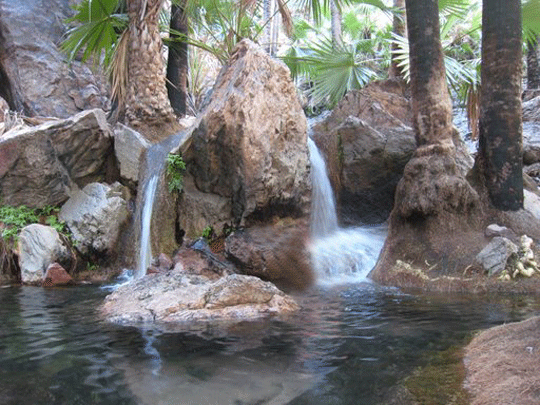
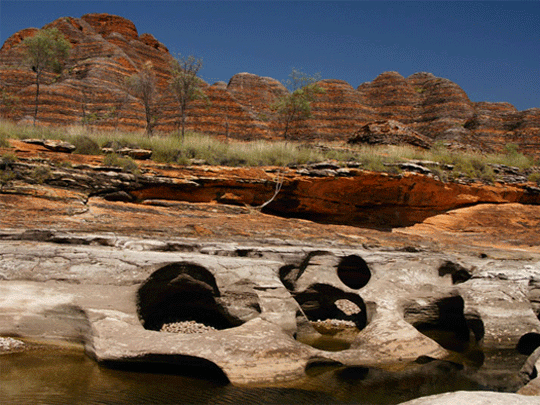
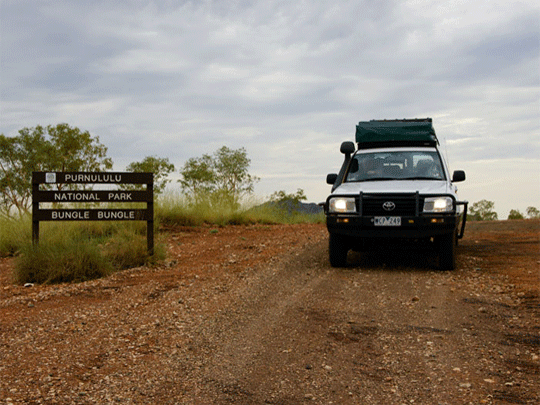
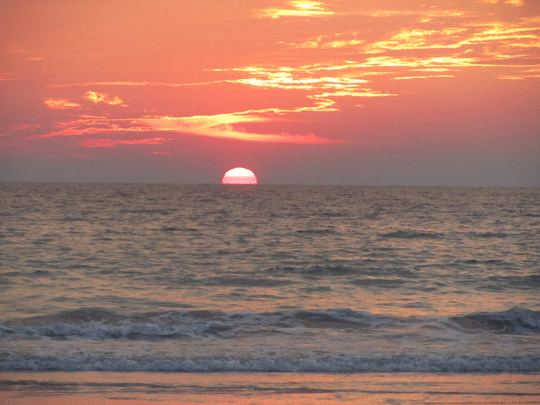

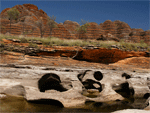
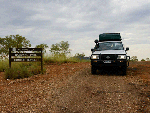
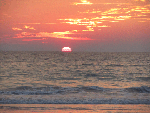
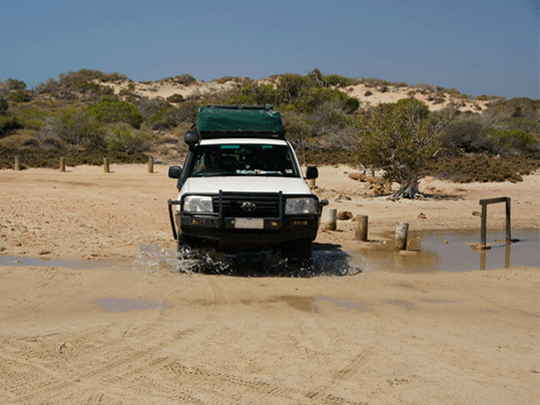 ©
©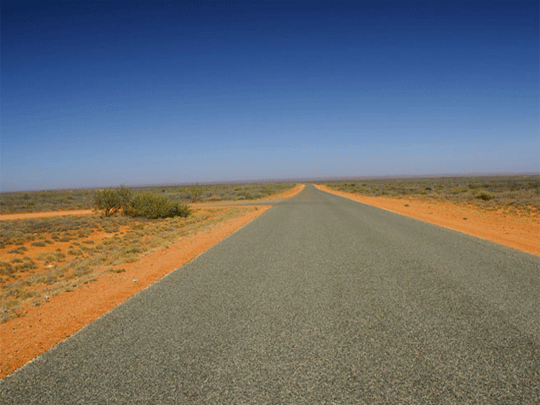 ©
©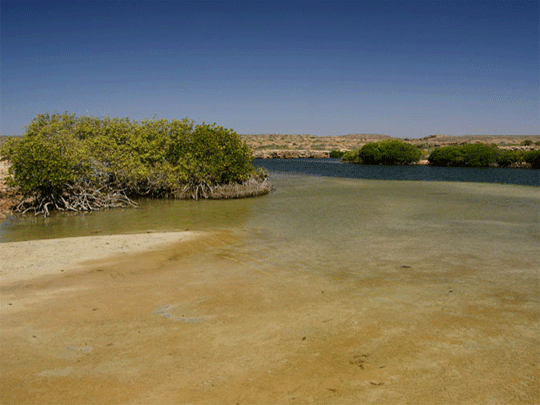 ©
© ©
©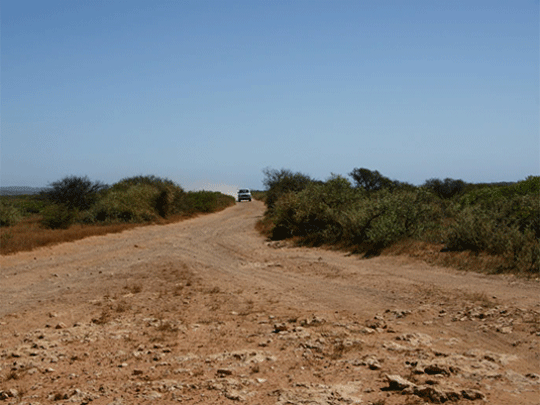 ©
©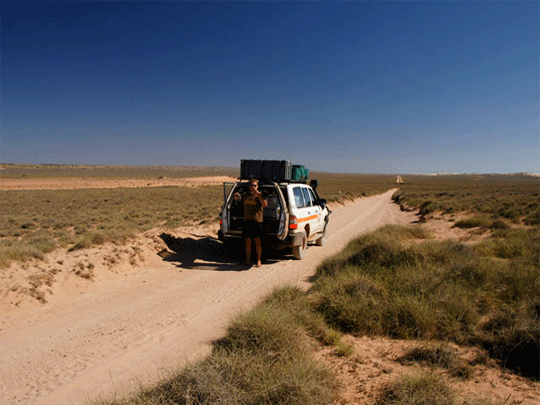 ©
©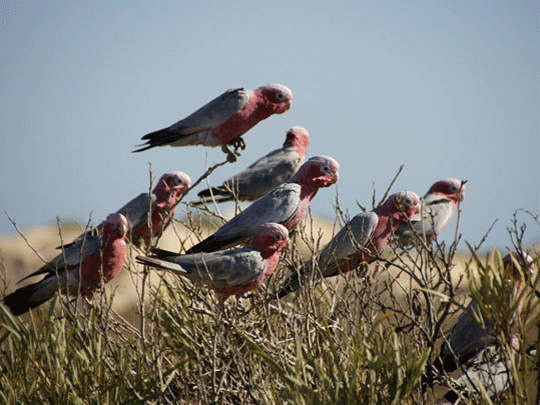 ©
©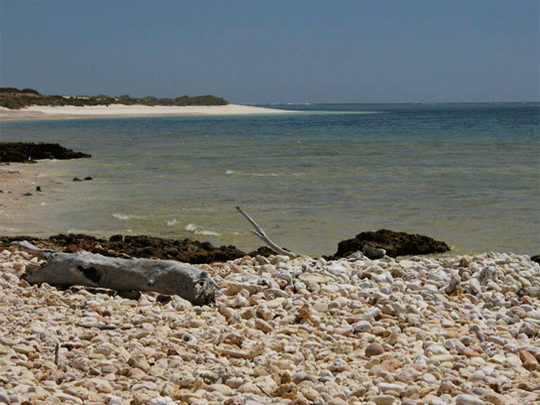 ©
©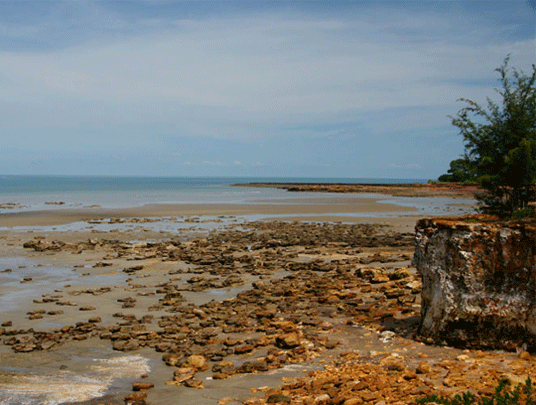 ©
©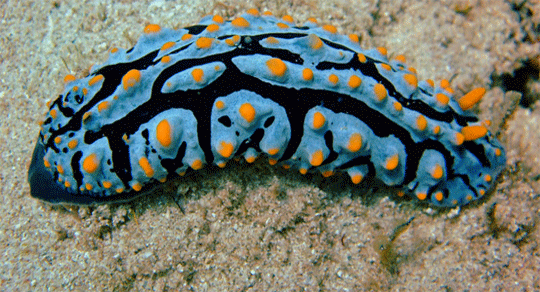 ©
©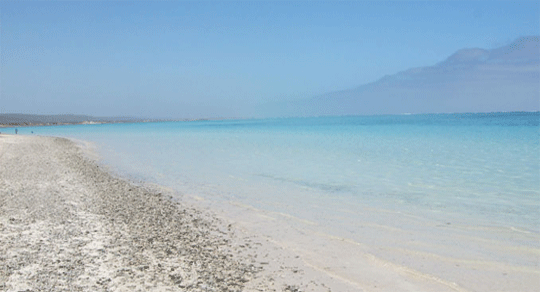 ©
©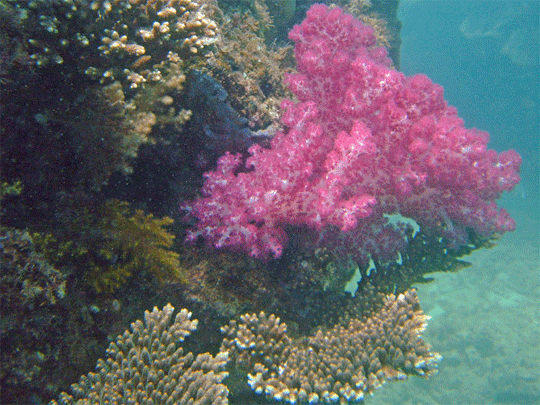 ©
©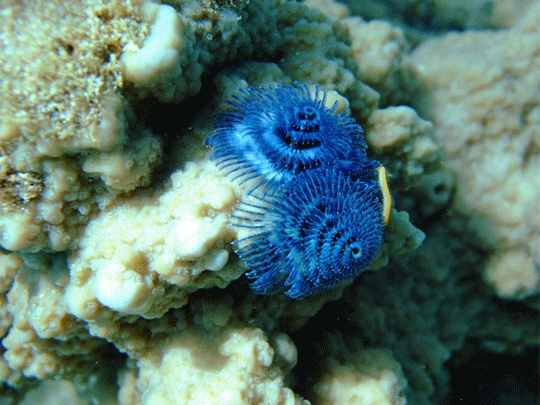 ©
©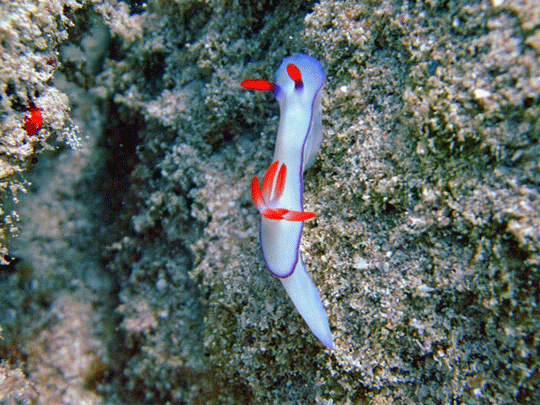 ©
© ©
©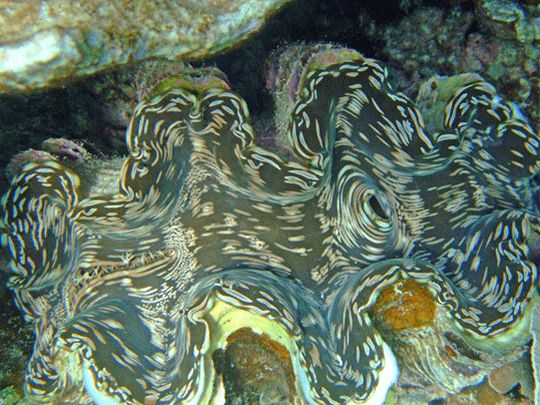 ©
©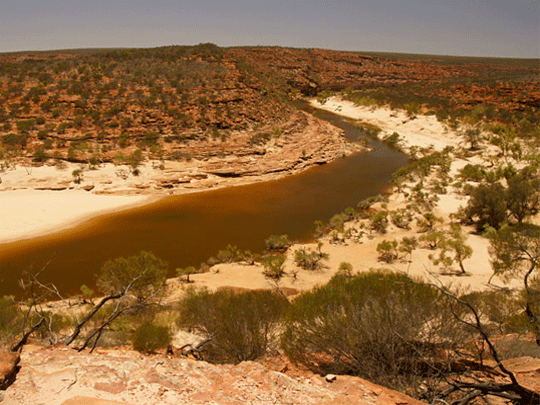 ©
©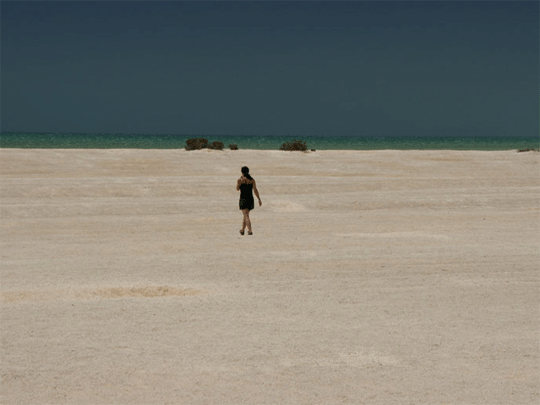 ©
©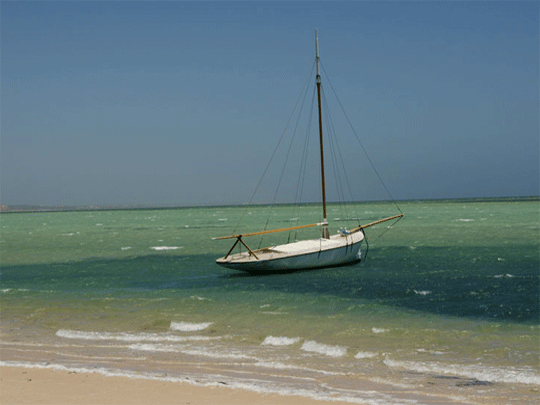 ©
©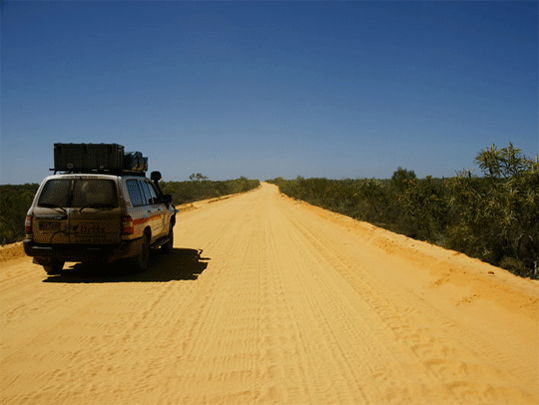 ©
©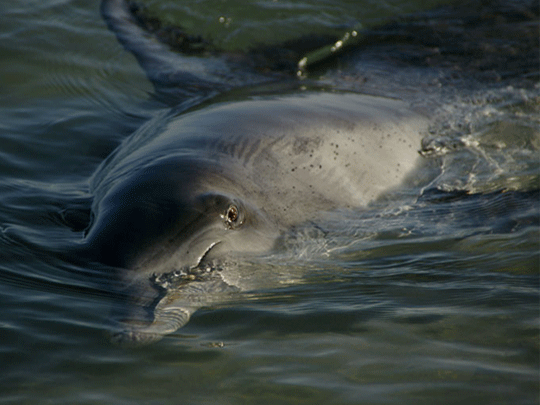 ©
© ©
©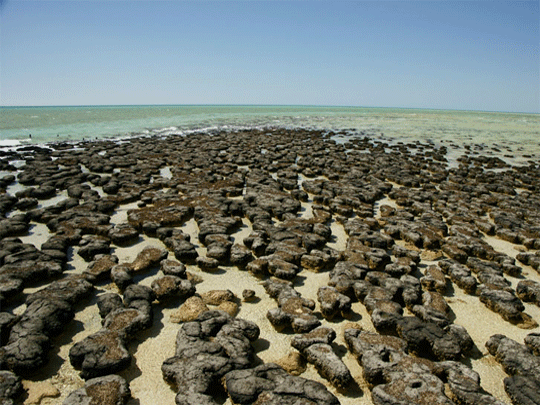 ©
©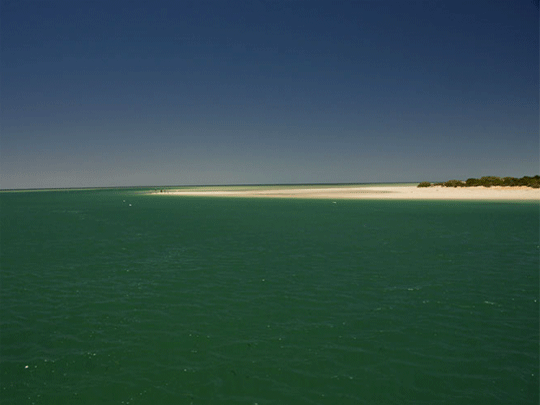 ©
©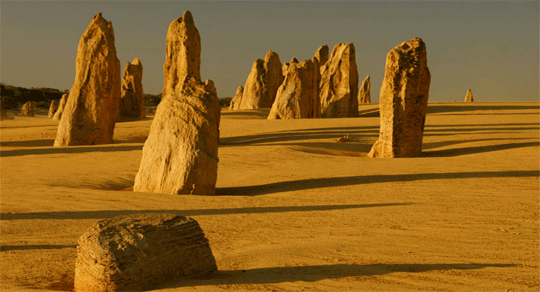 ©
©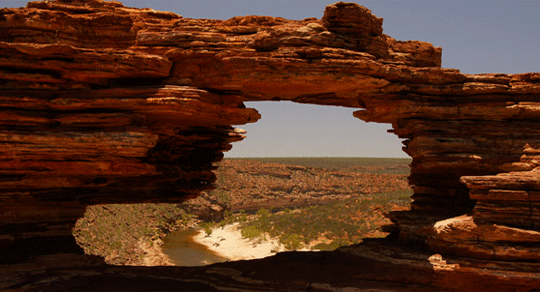 ©
©



